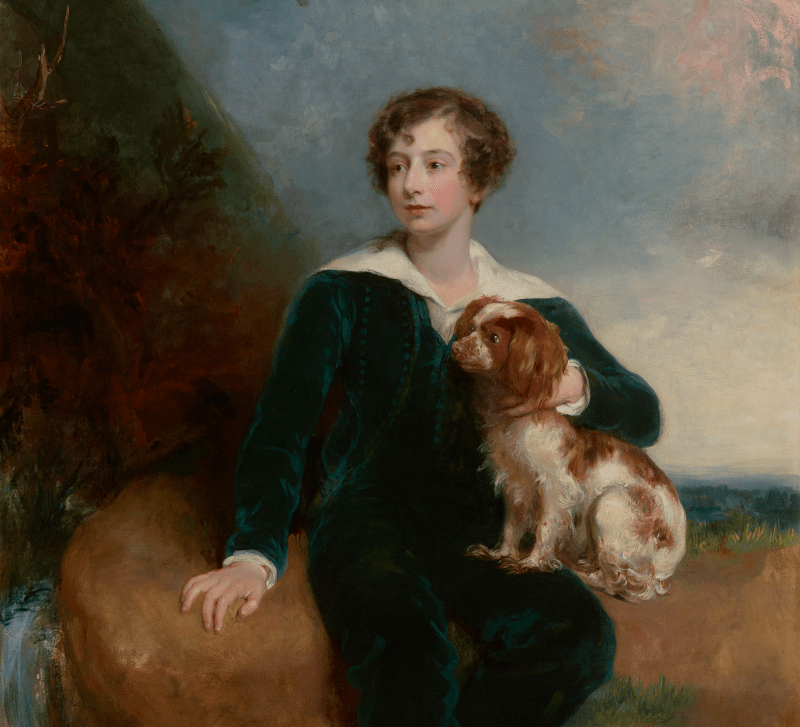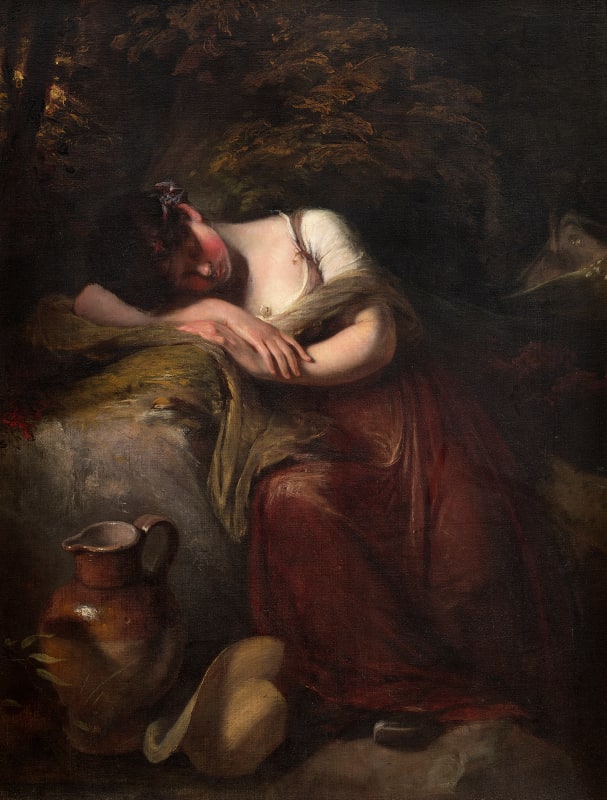Full Biography
Adriana Verlest was born into an established artistic family, benefiting from valuable access to professional studio equipment and training. It is generally accepted that her father was the Dutch Golden Age painter Herman Verlest. As an unmarried woman, she seems to have supported herself through her art, building a loyal clientele, many of whom were women.
Many of Verelst’s portraits have, in the past, been attributed to the hands of her male contemporaries such as Sir Godfrey Kneller and Michael Dahl, but further research and a deeper understanding of her much-neglected oeuvre highlights her nuanced techniques.
Adriana Verlest was born into an established artistic family, benefiting from valuable access to professional studio equipment and training. It is generally accepted that her father was the Dutch Golden Age painter Herman Verlest. As an unmarried woman, she seems to have supported herself through her art, building a loyal clientele, many of whom were women.
Many of Verelst’s portraits have, in the past, been attributed to the hands of her male contemporaries such as Sir Godfrey Kneller and Michael Dahl, but further research and a deeper understanding of her much-neglected oeuvre highlights her nuanced techniques. Although there is no definitive catalogue of works by Adriana, an unpublished manuscript in the National Portrait Gallery library compiled by an R.W. Goulding in c.1912 lists around forty works in private collections. This brief, and largely unconfirmed, catalogue suggests that Adriana worked in various sizes and mediums ranging from small oil on copper portraits to large full-lengths, and aptly painted copies of existing works as well as one-off commissions. among the first women to consistently maintain full-length portraits as part of her practice, and her regular commissions reflect her status as a sought-after artist. Her illustrious list of clients included the Duke and Duchess of Chandos and the Duchess of Marlborough.
Her success as a painter, and ability to attract an impressive clientele was aided by her intelligence and linguistic abilities. A possibly apocryphal – but nonetheless amusing – anecdote recounts her reaction at a concert where she overheard a group of men discussing her appearance in German and retorted, in perfect high German, that she would not be belittled in such a manner. Shocked, the men continued their conversation in Italian, to which Verelst gave the same reply. The men continued their conversation once more in Latin, to which Verelst responded, in Latin; ‘Do you think you have more right to speak Latin than women, isn’t it enough that our female sex is already kept outside of public dignities without being excluded from language as well?’ Her astute demeanour overpowered the group of men, each of whom she subsequently painted. Artworks and paintings by Verelst are listed above.
Works by Adriana Verelst can be found in the collections of English Heritage and The National Trust. Philip Mould & Company have bought, researched and sold notable Verelst works which include Sarah Churchill, The Duchess of Marlborough and Portrait of Anne Blackett.











